
Design System  Open site
Open site
5
Introduction:
A design system is a comprehensive framework that combines design principles, guidelines, and reusable components to create a cohesive user experience across digital products. It serves as a single source of truth for designers and developers, ensuring consistency and efficiency in the design process. By providing standardized elements and patterns, a design system helps teams streamline their workflows, reduce redundancies, and enhance collaboration.Kickstart Design System emphasizes the importance of scalability and adaptability, allowing organizations to maintain a unified brand identity while catering to diverse user needs. With a focus on accessibility and usability, the system encourages best practices in design and development, ultimately leading to a more engaging and intuitive experience for users. By leveraging a robust design system, teams can deliver high-quality products faster and with greater confidence.
Monthly Visitors:
9.4K
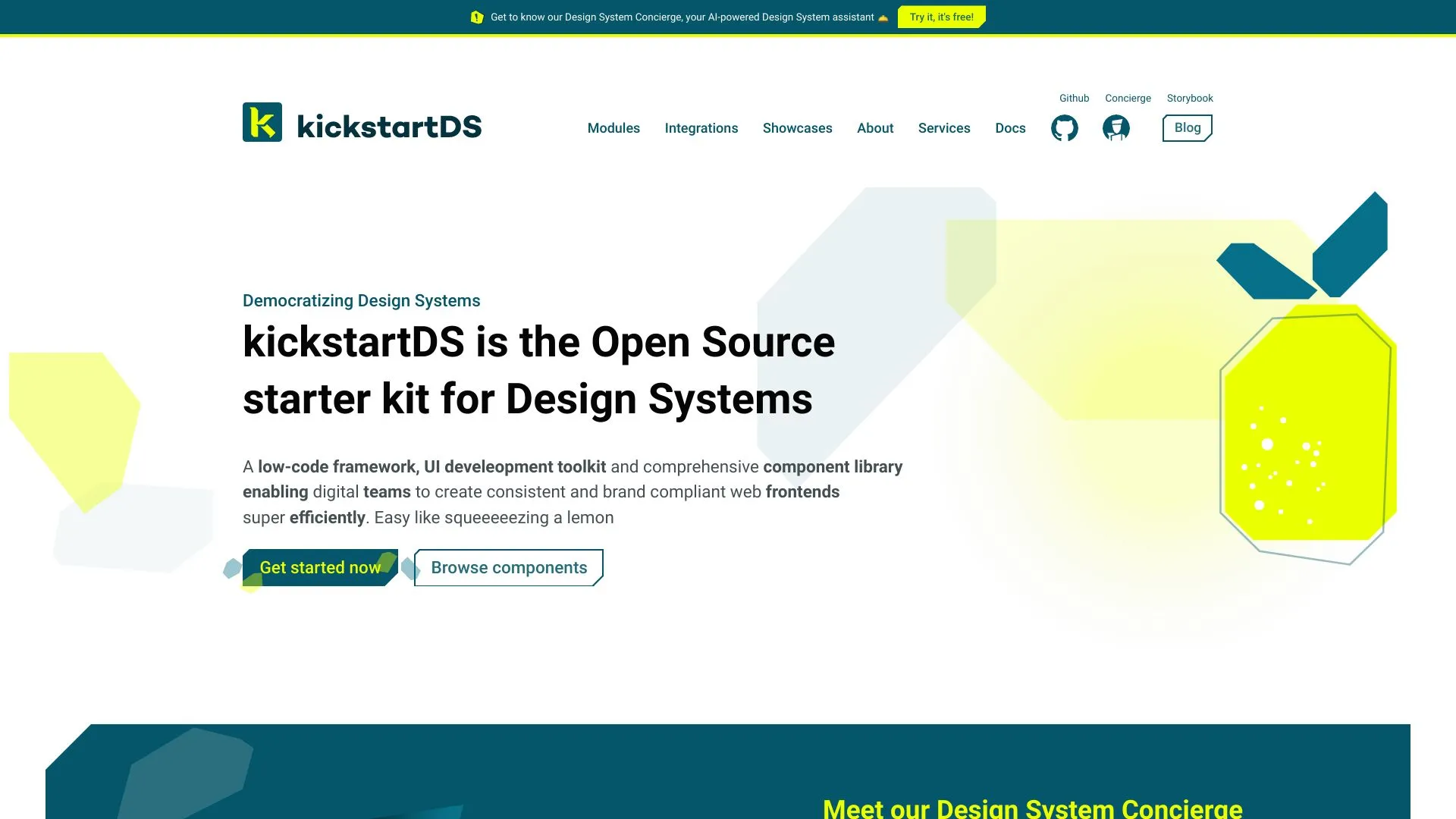
What is Design System?
A Design System provides a cohesive set of design standards and guidelines that ensure consistency across products. This includes a unified visual language consisting of colors, typography, and iconography that helps to create a recognizable brand identity.
It also includes reusable components and design patterns, which streamline the development process by allowing teams to build interfaces more efficiently. These components are pre-designed elements that can be adapted to various contexts, reducing redundancy and enhancing collaboration.
Another critical feature is documentation, which serves as a comprehensive resource for designers and developers. Clear guidelines on usage, accessibility, and best practices ensure that everyone can effectively implement the design system, fostering a better understanding of its principles and applications.
Finally, a Design System is often built with scalability in mind. It evolves with the product and can be updated as design trends or user needs change, allowing teams to maintain a modern, user-centered experience while minimizing the risk of inconsistency.
Key Features:
- A Design System provides a cohesive set of design standards and guidelines that ensure consistency across products. This includes a unified visual language consisting of colors, typography, and iconography that helps to create a recognizable brand identity.
- It also includes reusable components and design patterns, which streamline the development process by allowing teams to build interfaces more efficiently. These components are pre-designed elements that can be adapted to various contexts, reducing redundancy and enhancing collaboration.
- Another critical feature is documentation, which serves as a comprehensive resource for designers and developers. Clear guidelines on usage, accessibility, and best practices ensure that everyone can effectively implement the design system, fostering a better understanding of its principles and applications.
- Finally, a Design System is often built with scalability in mind. It evolves with the product and can be updated as design trends or user needs change, allowing teams to maintain a modern, user-centered experience while minimizing the risk of inconsistency.
Pros
A design system enhances consistency across products by providing a unified set of guidelines, components, and assets. This ensures that all design elements align with the brand’s identity, creating a cohesive user experience that fosters trust and recognition among users.
It streamlines the design and development process, enabling teams to work more efficiently. By reusing established components, designers and developers can save time, reduce redundancy, and minimize the risk of errors, ultimately accelerating product delivery.
A design system improves collaboration among team members by serving as a shared reference point. This fosters better communication and understanding between designers, developers, and stakeholders, leading to more effective teamwork and quicker decision-making.
It facilitates scalability, allowing organizations to adapt to changing needs easily. As new features or products are developed, the design system provides a solid foundation that can be expanded or modified without starting from scratch, ensuring future growth remains manageable.
Cons
Implementing a design system can lead to rigidity, stifling creativity among designers. When strict guidelines are enforced, team members may feel constrained and unable to explore innovative solutions, which can hinder the development of unique and engaging user experiences. This can also result in a lack of differentiation from competitors, as many organizations may adopt similar design systems.
Adopting a design system can require a significant initial investment of time and resources. Developing a comprehensive system involves extensive collaboration and iteration, which can slow down project timelines. Additionally, maintaining and updating the design system demands ongoing commitment, diverting attention from other critical tasks and potentially leading to project delays or resource strain.
A design system can create a false sense of uniformity across products, leading to a perception of sameness. While consistency is essential for usability, excessive uniformity can make different products feel indistinct and less engaging. This can result in user fatigue, as they may struggle to differentiate between offerings, ultimately impacting brand loyalty and user retention.
Finally, training teams on a new design system can be challenging and may meet resistance. Not every team member will be familiar with the system or its principles, leading to confusion and inconsistency in implementation. Overcoming this learning curve takes time and effort, and if not managed effectively, it can lead to frustration and disengagement among team members.
Design System's Use Cases
#1
Create consistent and brand-compliant web frontends#2
Efficiently organize and build UI components#3
Improve brand consistency and developer productivity#4
Enhance content experiences and complex elements#5
Scale product interfaces more easily
Design System Reviews
A design system streamlines the design process by providing a cohesive set of guidelines, components, and resources. It enhances collaboration between teams, ensuring consistency across products and improving user experience. By establishing a unified visual language, it allows for quicker iterations and fosters innovation. Overall, implementing a design system is essential for creating scalable and efficient design solutions that resonate with users.
Alternative of Design System

101.5M
4.6
Intuit is a leading financial software company that empowers individuals and small businesses to manage their finances with confidence. Founded in 1983, the company is best known for its flagship products, including TurboTax, QuickBooks, and Mint, which simplify tax preparation, accounting, and personal finance management. Intuit's innovative solutions are designed to help users save time, reduce stress, and achieve their financial goals.With a commitment to customer-centric innovation, Intuit leverages advanced technology to deliver intuitive and accessible financial tools. The company focuses on understanding the unique needs of its diverse user base, enabling them to make informed financial decisions. Through its dedication to improving financial literacy and promoting entrepreneurship, Intuit continues to play a vital role in transforming how people manage their money and operate their businesses.
Other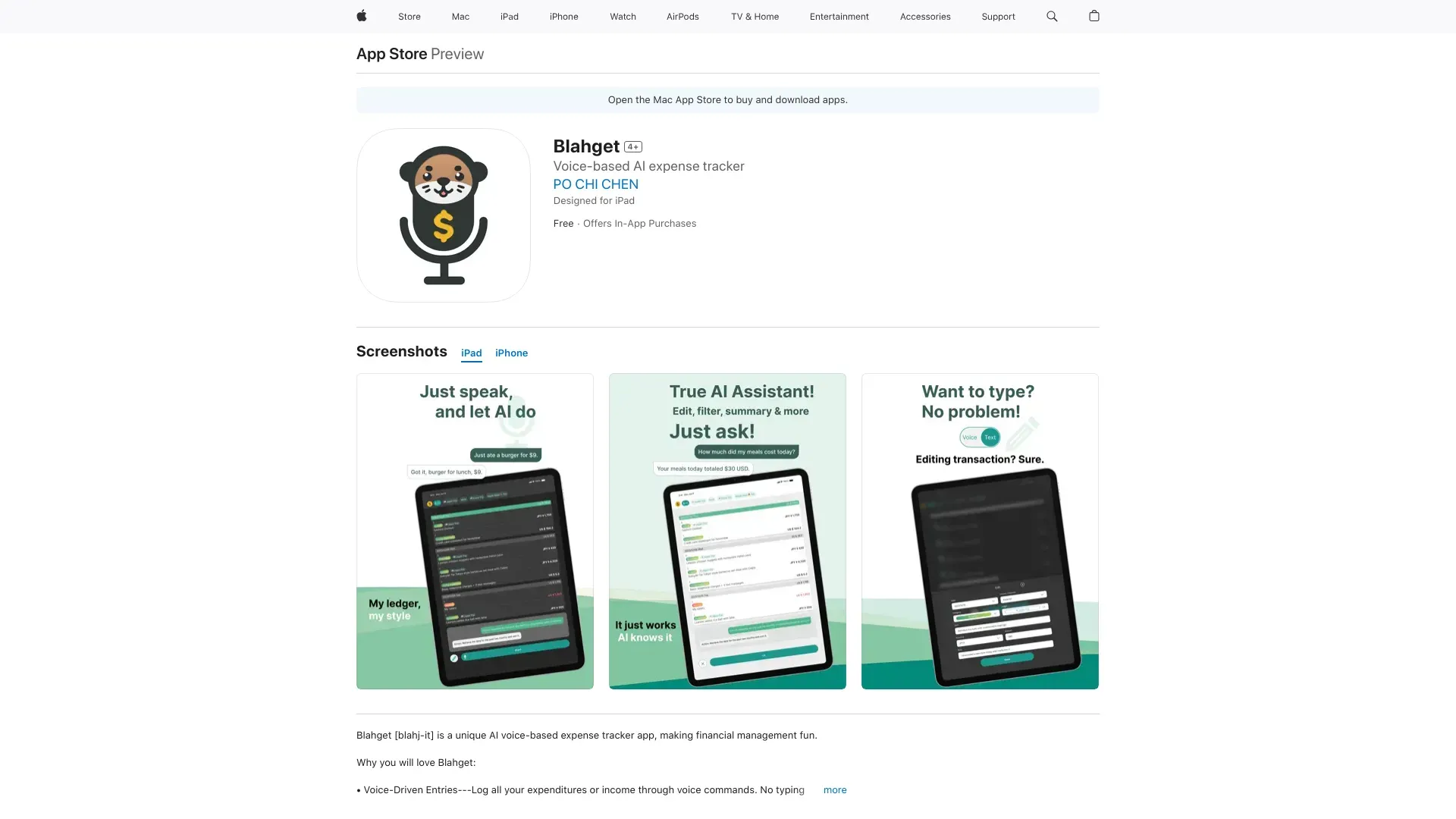
25.3M
4.9
Blahget is an innovative messaging app designed to enhance communication and streamline interactions among users. With its user-friendly interface, Blahget allows individuals to connect effortlessly, share thoughts, and express ideas in a vibrant digital environment. The app features a range of tools that foster creativity, making conversations more engaging and dynamic.In addition to standard messaging functionalities, Blahget offers unique features that cater to diverse communication styles. Users can personalize their chats with various multimedia options, including images, stickers, and voice messages. The app aims to create a fun and interactive platform for friends, family, and colleagues, ensuring that every conversation is meaningful and enjoyable. Through its distinct approach, Blahget seeks to redefine the way people communicate in the digital age.
Other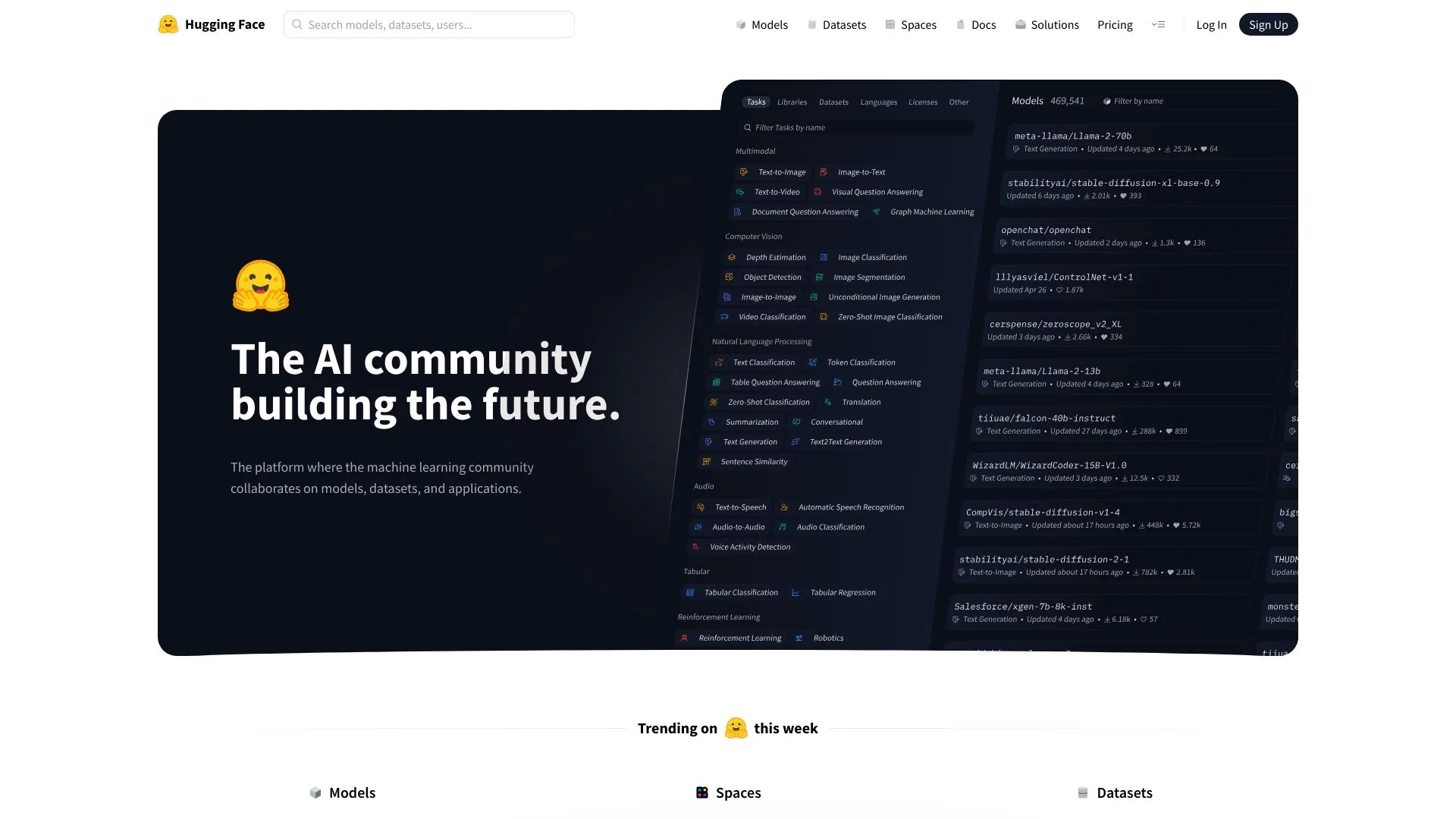
20.9M
4.9
Hugging Face is a leading platform in the field of artificial intelligence, particularly known for its contributions to natural language processing (NLP). The company provides a wide range of tools, libraries, and models that empower developers and researchers to build, share, and deploy machine learning applications with ease. At the core of its offerings is the Transformers library, which simplifies the implementation of state-of-the-art NLP models, making advanced technology accessible to a broader audience.In addition to its robust library, Hugging Face fosters an active community where users can collaborate, share insights, and contribute to ongoing projects. The platform encourages open-source development, allowing users to leverage pre-trained models and datasets for various applications. By promoting accessibility and collaboration in AI, Hugging Face aims to democratize artificial intelligence and facilitate innovation across different industries.
Other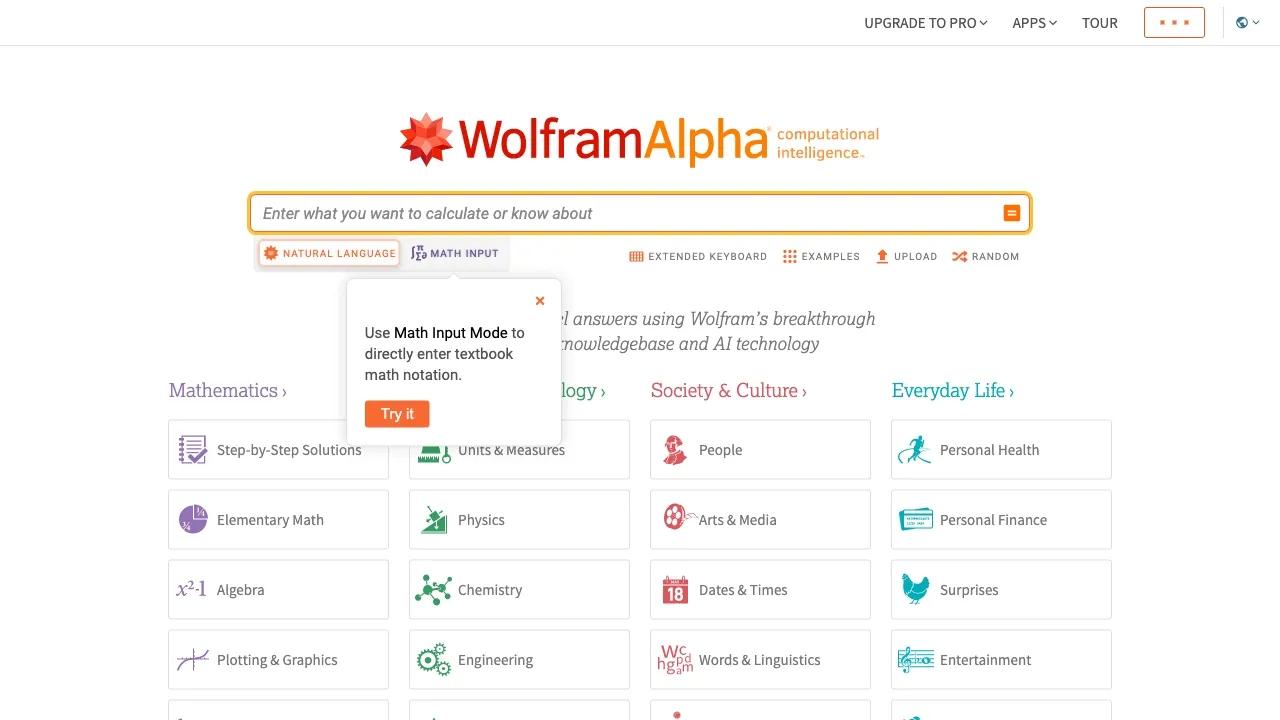
7.7M
4.5
WolframAlpha is a computational knowledge engine that enables users to obtain answers to a wide range of queries through dynamic calculations and curated data. Unlike traditional search engines that provide links to information, WolframAlpha interprets questions and delivers precise answers based on its extensive knowledge base. It serves as a powerful tool for students, researchers, and professionals, offering insights across various domains such as mathematics, science, technology, and more.The platform is designed to facilitate exploration and learning by allowing users to input queries in natural language. With its advanced algorithms and vast datasets, WolframAlpha can generate reports, perform calculations, and visualize data, making it an invaluable resource for those seeking to enhance their understanding or solve complex problems. Its unique approach to information retrieval sets it apart as a go-to destination for computational knowledge.
Other
7.0M
4.6
Talkie: Soulful AI is an innovative platform that merges artificial intelligence with human-like conversational abilities, providing users with a unique and engaging experience. Designed to enhance communication, Talkie offers personalized interactions that adapt to individual preferences and emotions. This technology aims to create a more meaningful connection between users and the AI, making conversations feel natural and intuitive.At the core of Talkie's philosophy is the belief that technology should enhance human experiences rather than replace them. By focusing on emotional intelligence and empathetic exchanges, Talkie strives to bridge the gap between humans and machines. Whether for personal use or business applications, Talkie empowers users to engage in deeper, more fulfilling conversations, ultimately enriching their interactions in a digital landscape.
Other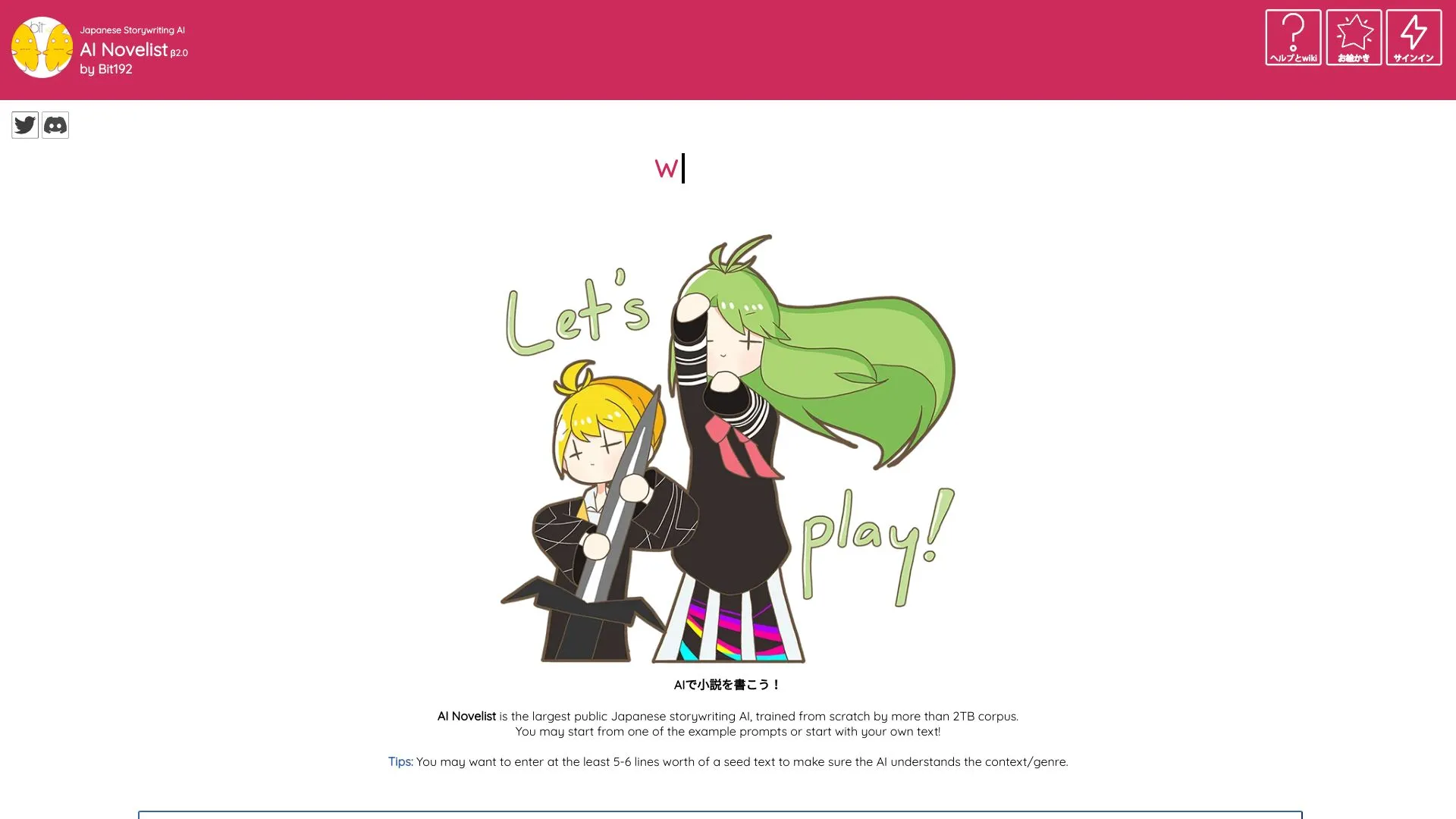
4.4M
5.0
AI-Novel is an innovative platform that harnesses the power of artificial intelligence to assist users in creating original literary works. By leveraging advanced algorithms, it provides writers with tools to generate ideas, develop plots, and refine their narratives, making the writing process smoother and more efficient. Whether for seasoned authors or those just beginning their writing journey, AI-Novel offers a supportive environment to explore creativity.The platform is designed to inspire and enhance the writing experience, fostering a collaborative relationship between human creativity and AI technology. Users can enjoy features that aid in character development, world-building, and even dialogue creation. With AI-Novel, the future of storytelling becomes more accessible, empowering individuals to bring their imaginative visions to life while overcoming common writing challenges.
Other